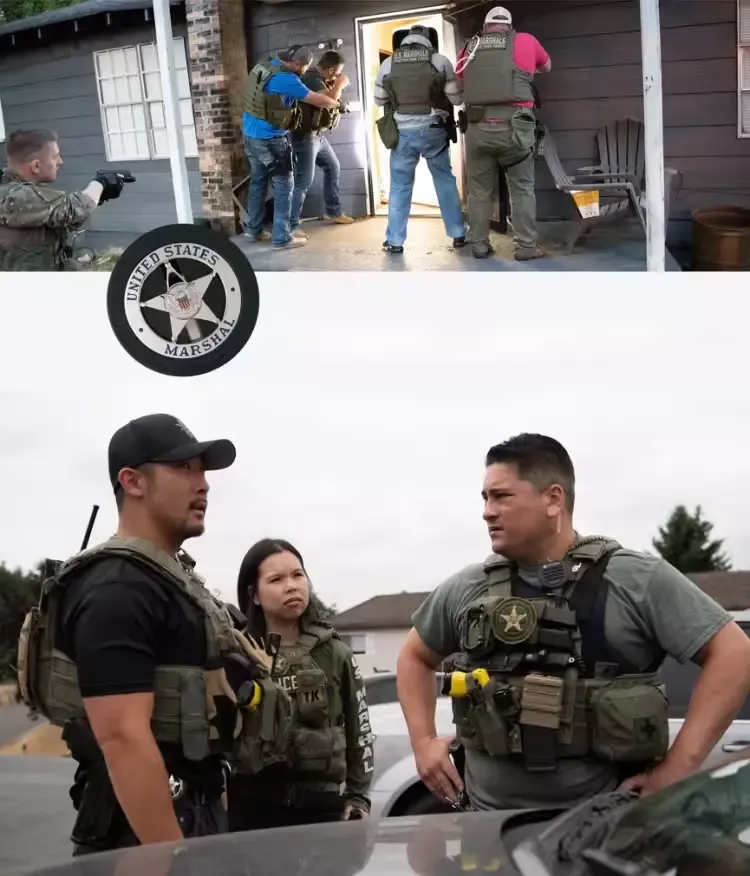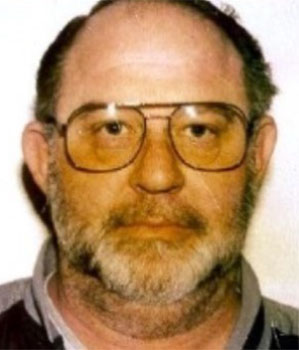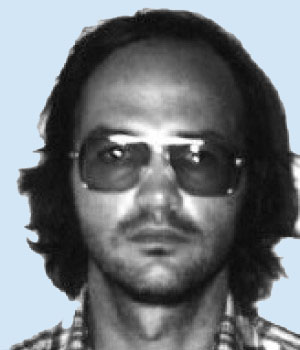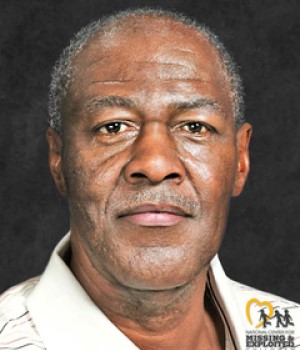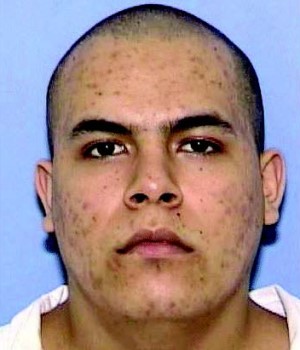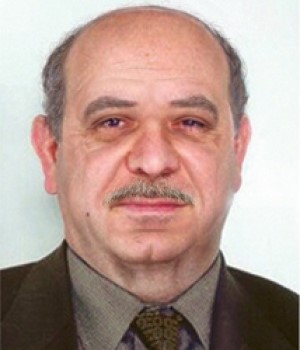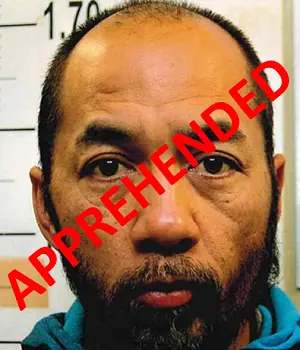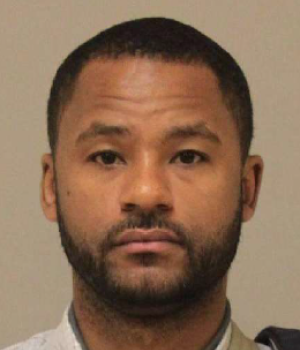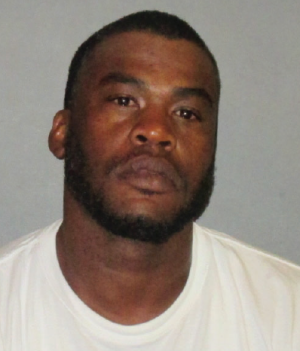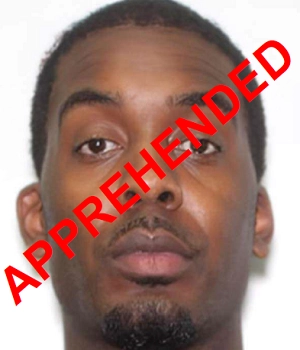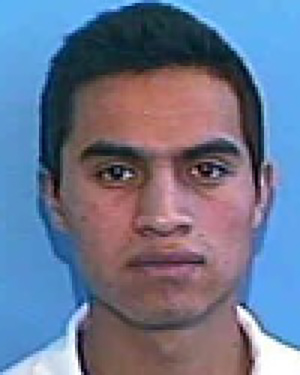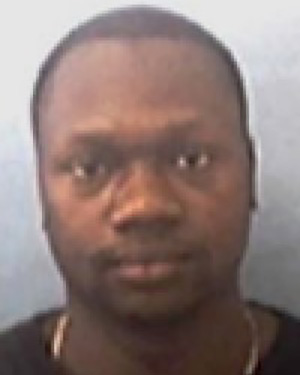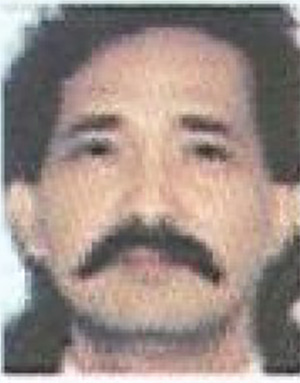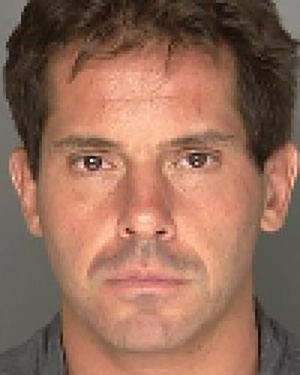The Behavioral Analysis Unit (BAU) is a multidisciplinary branch that provides investigative and operational support to the U.S. Marshals Service, as well as outside law enforcement agencies, through the application of behavioral and psychological knowledge and principles. The Behavioral Analysis Unit (BAU) provides support based on the fields of clinical and correctional psychology, forensic and behavioral science, scientific research, and criminal investigative analysis. The Behavioral Analysis Unit (BAU) has three areas of focus: Operational Support Research, and Threat Assessment/Threat Management (TATM) a joint JSD-Behavioral Analysis Unit (BAU) collaboration
Operational Support personnel serve the U.S. Marshals Service, as well as other law enforcement agencies, through case consultation and operational support. On‐scene operational support on a case‐by‐case basis can also be provided. The Research team focuses on conducting scientifically valid, empirical research aimed at topics with pragmatic operational relevance, such as non-compliant sex offender apprehension, violence risk assessment, case prioritization and target selection, and psychological safeguarding against vicarious trauma.
U.S. Marshals Service Threat Assessment/Threat Management (TATM) is a hybrid team serving JSD but embedded in the Investigation Operation Division (IOD) Behavioral Analysis Unit (BAU). Threat Assessment/Threat Management (TATM) personnel possess specific subject-matter training and expertise in topics such as threat assessment and mitigation, pathways to violence, interview and interrogation, risk assessment, and linguistic analysis.


